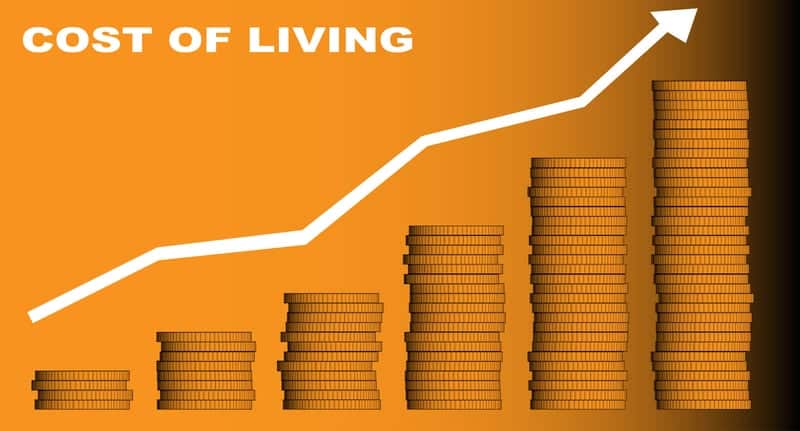The National Disability Institute, in partnership with the Stony Brook University School of Social Welfare and the University of Tennessee College of Social Work, has released the brief, The Extra Costs of Living with a Disability in the U.S. – Resetting the Policy Table.
The brief summarizes a working paper providing estimates from four nationally representative surveys of the extra costs of living with a disability in the United States. An infographic highlighs key statistics.
Needs 28% More Income
According to the brief, households containing an adult with a work-disability require, on average, an estimated 28% more income (or an additional $17,690 a year for a household at the median income level) to obtain the same standard of living as a comparable household without a member with a disability, per a news release from National Disability Institute.
“We have known, anecdotally, that living with a disability incurs extra costs. The research not only proves that these extra costs exist, it catalogues and quantifies them – providing our first understanding of just how much more individuals with a disability have to earn to maintain the same financial standing as their non-disabled peers.
“We have substantially underestimated the financial challenges that households with disabilities may face. Now the question remains, what can we, as a country, do – through policy and practice – to address this inequality?”
— ,” said Elizabeth Jennings, Acting Executive Director, National Disability Institute
“With this research, we hope to inform the national conversation about the extra costs of disability, as well as the implications of these expenses on the well-being of the 20 million working-age adults in this country living with disabilities.”
— Dr. Zachary Morris, Assistant Professor in the School of Social Welfare, the Stony Brook University
Lots of Out-of-Pocket Expenses
People with disabilities encounter a wide range of out-of-pocket expenses. The largest extra costs are for personal assistance services and health care, where out-of-pocket costs for people with a disability are more than twice as high as those without a disability. People with disabilities also encounter a large range of extra expenses, such as the cost of ordering items for delivery when the in-person pick-up option is not accessible, building a wheelchair ramp, acquiring and maintaining service animals, buying a more expensive car in order to accommodate a wheelchair, purchasing food for special diets or paying more for housing in order to find a place that is accessible and convenient.
These expenses can weigh heavily on household finances and increase the risk of poverty; adults with disabilities experience greater difficulty meeting monthly expenses, saving for the future and making ends meet, the release explains.
[Source(s): National Disability Institute, PR Newswire]
Related Content:
National Disability Institute Launches COVID-19 Financial Resilience Center
Have a Disability? Tell Your Story ‘In the Limelight’
United Spinal Launches ‘ADA Corporate Challenge’ Campaign to Support Disability Awareness




